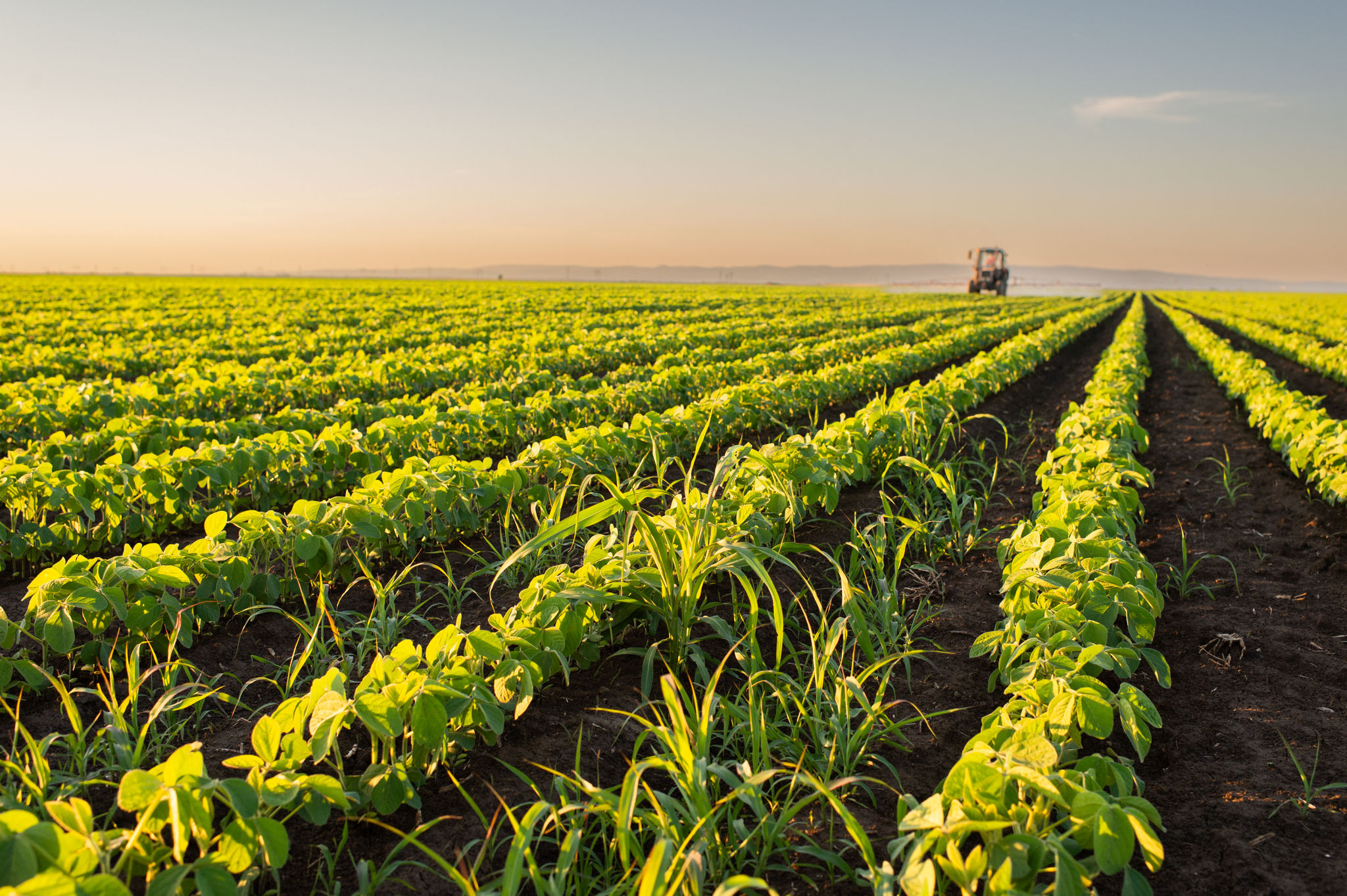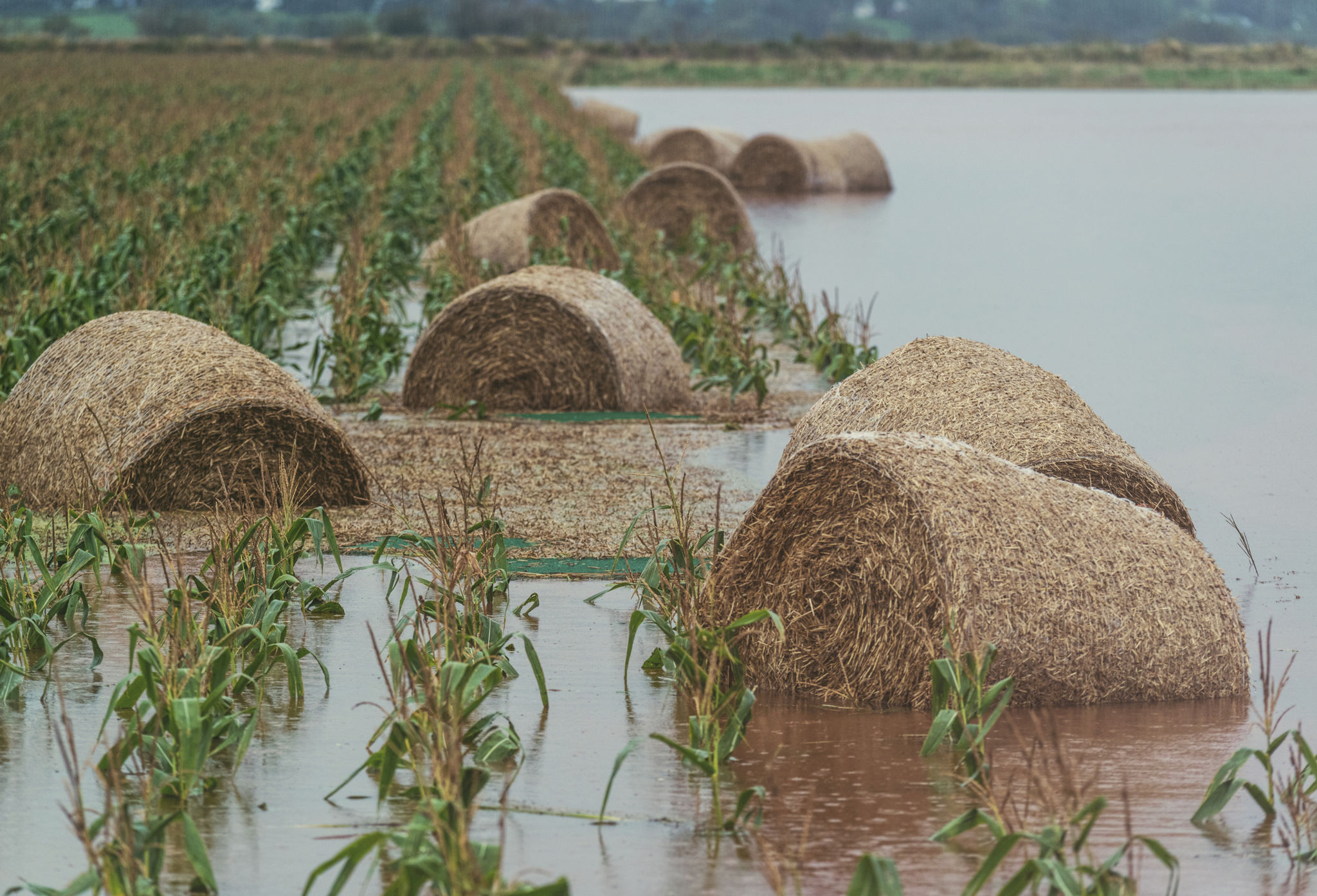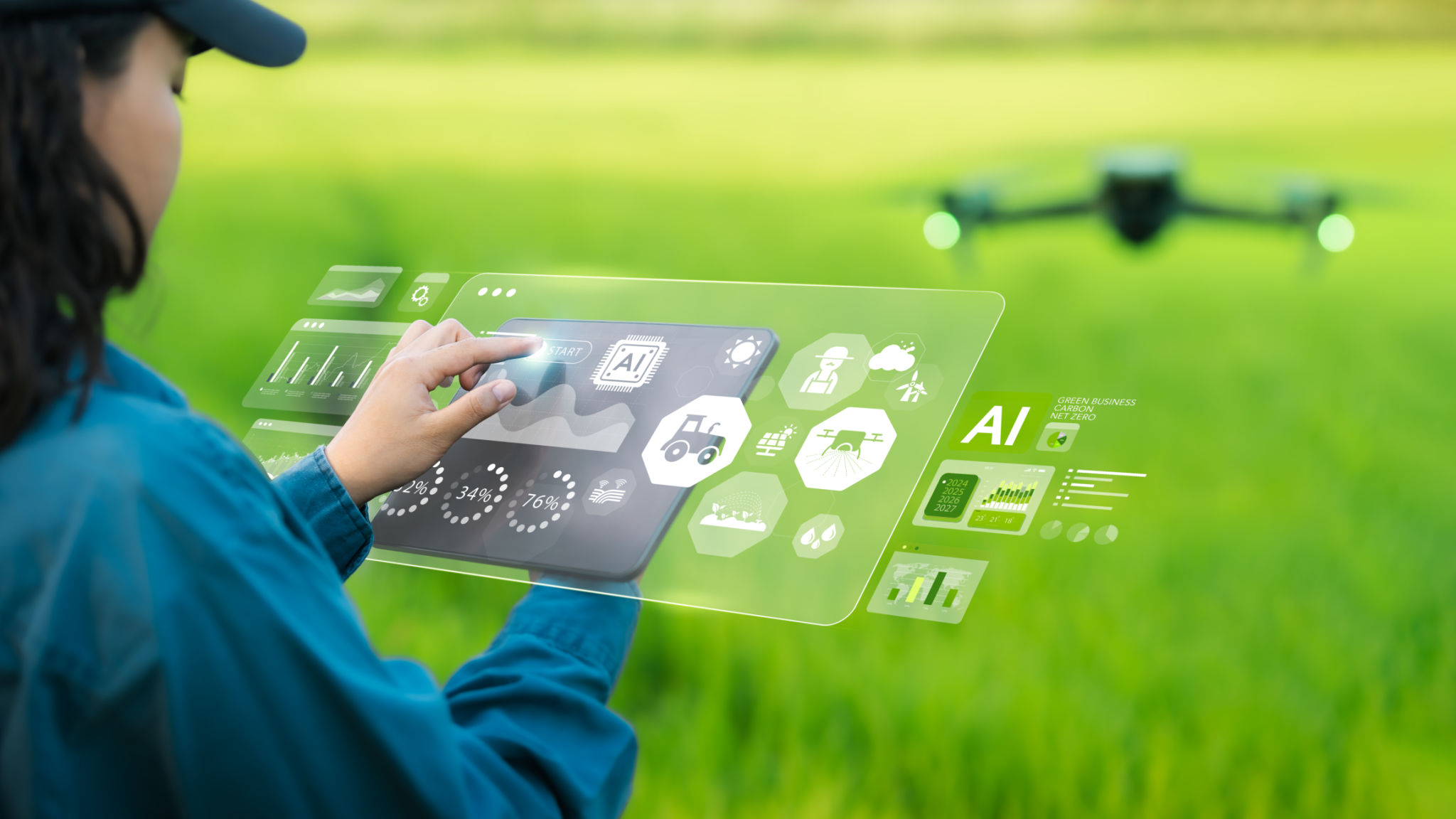Understanding the Pest Threats in Al Qassim and How to Combat Them
Introduction to Pest Threats in Al Qassim
Al Qassim, a region known for its rich agricultural heritage and vibrant landscapes, is not immune to the challenges posed by various pests. These pests threaten not only the health of crops but also the well-being of residents and the local economy. Understanding the types of pests prevalent in this area and how to effectively manage them is crucial for maintaining both agricultural productivity and quality of life.

Common Pests Found in Al Qassim
The region's warm climate and fertile soil create an ideal environment for a range of pests. Some of the most common pests include:
- Date Palm Borers: These pests are notorious for damaging date palm trees, a staple crop in Al Qassim.
- Locusts: Known for their capacity to devastate crops, locust swarms can cause severe agricultural losses.
- Whiteflies: These insects affect a variety of crops, including vegetables and fruit trees, by sucking sap from the plants.
Impact on Agriculture and Health
Pests can have a significant impact on agriculture by reducing crop yields and increasing production costs. For instance, locusts can destroy entire fields in a matter of days. Additionally, pests like rodents can pose health risks by spreading diseases to humans and livestock. It is essential to address these threats promptly to safeguard both food security and public health.

Effective Pest Management Strategies
Combating pest threats requires a multifaceted approach that combines traditional methods with modern technology. Here are some effective strategies:
- Integrated Pest Management (IPM): This approach involves using a combination of biological, cultural, physical, and chemical tools to manage pests sustainably.
- Regular Monitoring: Keeping track of pest populations helps in early detection and timely intervention.
- Use of Natural Predators: Encouraging the presence of natural predators can help keep pest populations in check without relying heavily on chemicals.
Role of Technology in Pest Control
Advancements in technology have introduced innovative solutions for pest control. Drones equipped with sensors can monitor large areas for pest activity, while automated systems can apply pesticides precisely where needed. These technologies not only improve efficiency but also reduce the environmental impact of pest control practices.

Community Involvement and Education
Involving the community in pest management efforts is vital. Educating farmers and residents about best practices can enhance the effectiveness of control measures. Workshops and seminars can provide valuable information on identifying pests and implementing control strategies.
Government and Policy Support
The government plays a crucial role in supporting pest management initiatives. Policies that promote research and development, subsidies for pest control technologies, and enforcement of regulations are essential components of a comprehensive pest management strategy.

Conclusion
Pest threats in Al Qassim are a significant challenge that requires concerted efforts from all stakeholders. By understanding the types of pests prevalent in the region and implementing effective management strategies, it is possible to protect agriculture, health, and the local economy. Through community involvement, technological innovation, and policy support, Al Qassim can continue to thrive despite these challenges.